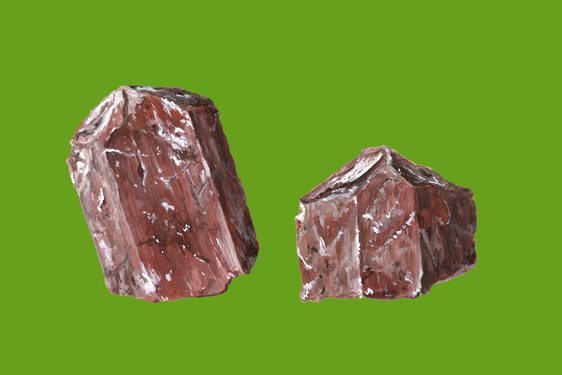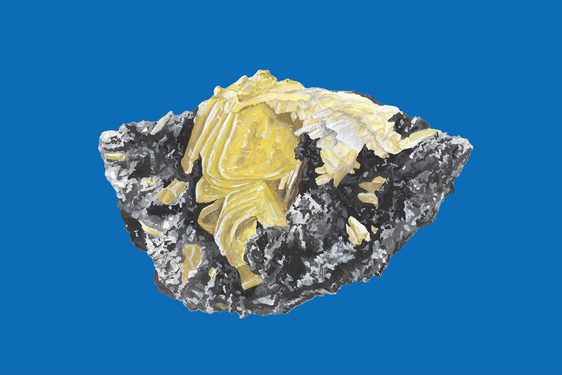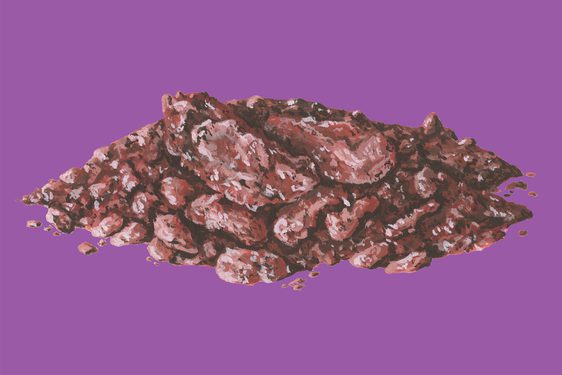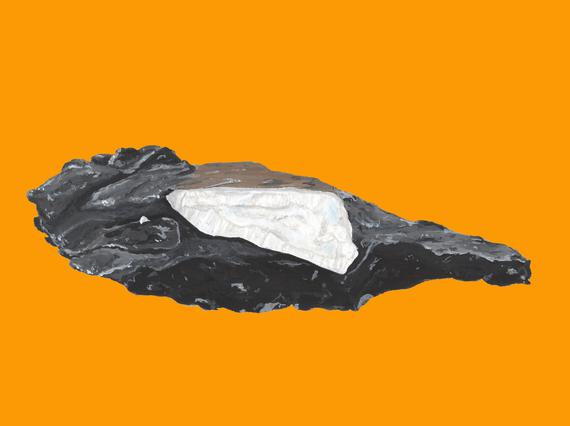
The folky tale of the mineral tacharanite
News Story
This mineral got its name from how it behaves when exposed to air, but with a Scottish folkloric twist!
Tacharanite occurs in nature as bundles and little spheres of silky white fibres in altered basalt rocks. It's found in several locations around the world. But the 'type' locality (where it was first found) is a road cutting about 1km North of Portree on the Isle of Skye.
Tacharanite has the chemical formula Ca₁₂Al₂Si₁₈O₅₁.18H₂O. Most minerals are named for a person or place, but this mineral follows a different path. The name was chosen by mineralogist and historian Jessie Sweet (1901 – 1979). At the time she worked at the British Museum (Natural History). But she also briefly worked at the Royal Scottish Museum (as we were once called).
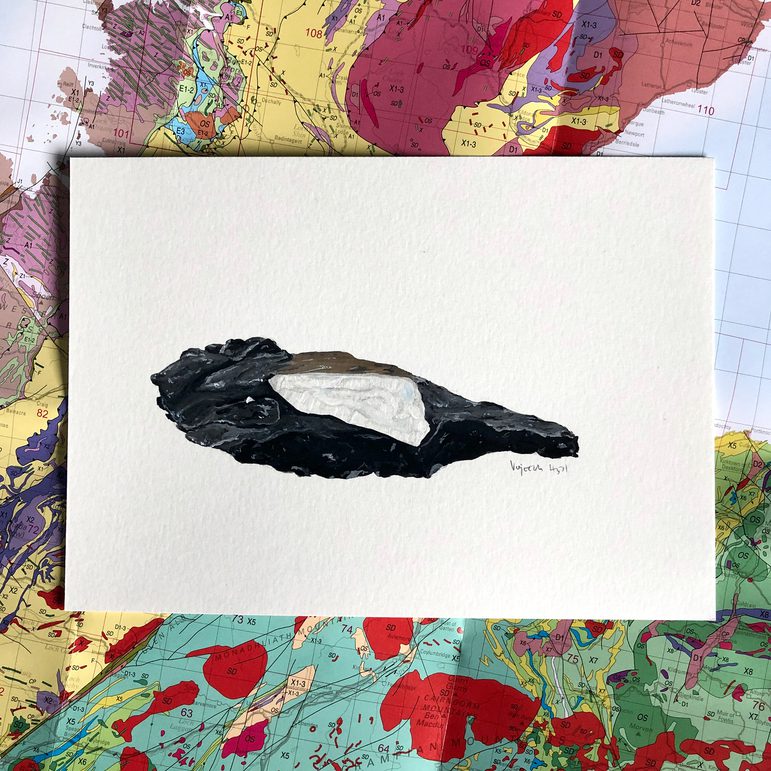
The first part of the name, 'tacharan', is a Scottish Gaelic word tàcharan, meaning a changeling. In Scottish and Irish folklore, a changeling was the child of a fairy, troll, or sprite that had been swapped for a human child. Sweet related this mineral to a changeling as it was thought to alter when exposed to the air, breaking down into to two different minerals: tobermorite and gyrolite. Tobermorite is a white mineral named after Tobermory, on the nearby island of Mull, whereas Gyrolite is a zeolite mineral, which also forms white silky fibres. In naming this mineral, Sweet wanted to recognise the wealth of folk history and stories of the Scottish Highlands and Islands.
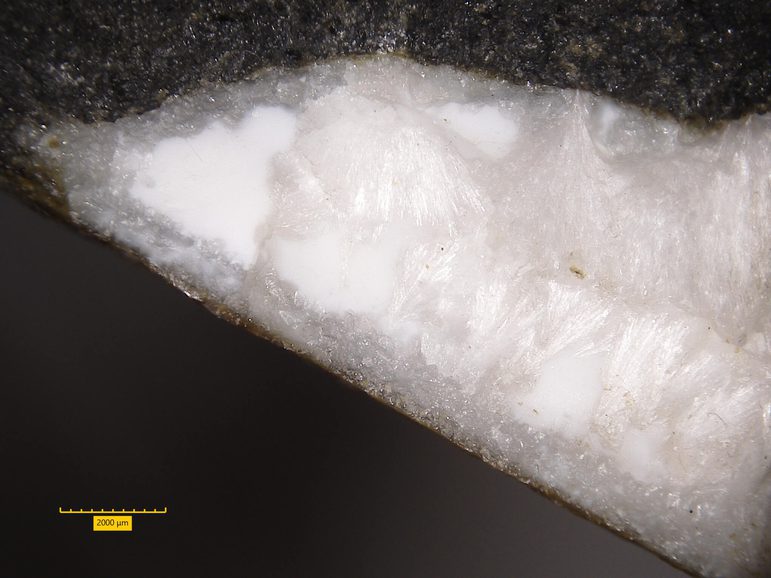
Silky white fibres of tacharanite from the Isle of Skye.
The road north from Portree has many road cuttings old and new, and it's difficult to know which one was used by Sweet. Her original paper of 1961 says it's half a mile north of Portree on the Staffin Road. Today this area has been largely built over.
A specimen of tacharanite was collected by Peter Davidson and Brian Jackson from National Museums Scotland in the late 1980s. They collected it from a locality a little bit further north at Lealt, Skye. This location is famous for its waterfalls but also for the Lealt Diatomite Railway.
